SUMMARY
This is AI generated summarization, which may have errors. For context, always refer to the full article.
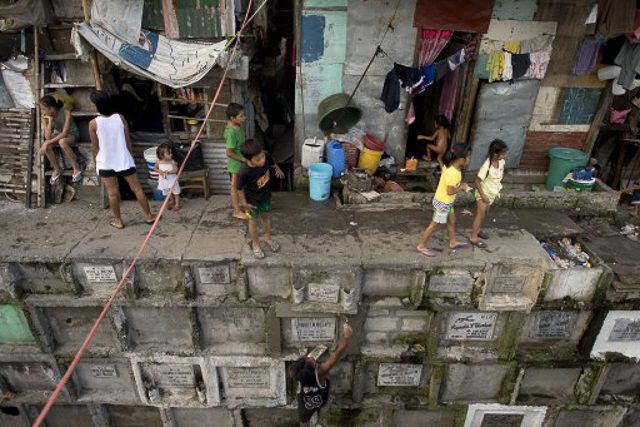
MANILA, Philippines – Inequality in income among regions in the Philippines has widened, prompting the National Economic and Development Authority (NEDA) to push for reforms.
In a briefing on Thursday, May 30, Socioeconomic Planning Undersecretary Adoracion Navarro said the inequality in gross regional domestic product (GRDP) per capita, or the average income of people in a region, has widened from 2009 to 2018, according to data from the Philippine Statistics Authority.
The richest among all regions is the National Capital Region (NCR), where the GRDP per capita as of 2018 stood at P253,893, a 40% jump from the P181,748 in 2009.
The poorest is the Autonomous Region in Muslim Mindanao (ARMM), with its GRDP per capita barely improving from P14,052 in 2009 to P14,657 in 2018. (READ: How the TRAIN law worsened poverty, inequality)
Navarro also stressed that regions with very low GRDP per capita are also the regions with large agricultural bases. She said the government has to give greater focus to improving the productivity of agriculture and fisheries in the regions. “We have to integrate small farmers and fisherfolk into larger business enterprises. This is apart from other strategies like farm diversification, which will help farmers venture into commodities with higher value and market potential,” Navarro said.Within regions, Eastern Visayas and Central Visayas recorded the highest income inequality, with a Gini coefficient of 0.465. A Gini coefficient of zero means perfect equality, while values nearer to 1 express maximal inequality.
The ARMM registered a Gini coefficient of 0.28, which is the lowest among all regions. The numbers show that while inequality within the ARMM is low, it may mean that most of the people there are equally poor, as it had the lowest GRDP per capita.
NEDA also found that regions with the lowest GRDP per capita such as the ARMM and Caraga had faster population growth rates. “As widening disparities may be more a result of high rate of population growth in some regions than poor economic performance per se, stakeholders especially local government units must also support the government’s family planning and reproductive health program,” Navarro said.
What is the government doing to address inequality? Navarro said it is pouring cash into infrastructure and social services.
In the government’s public investment program, the ARMM will be getting the most projects at 1,913, amounting to P99 billion. The ratio of public investment to its GRDP is at 63.89%, the highest among regions.
However, in terms of amount, the NCR will still get the highest funding at P905 billion with 900 projects.
Public investment to GRDP ratio in NCR is at 5.26%, the lowest for all regions. The national average is at 10.84%.
“The government has to continually increase its efforts in pushing for regional and rural development. We need to improve connectivity across regions and enhance the efficiency of transport, communications, and overall logistics network. Poor regions must catch up fast,” Navarro said.
Aside from improving connectivity, NEDA gave these recommendations to boost economic growth in the regions:
- improve agricultural productivity, efficiency, and income, especially among small farmers
- promote greater diversification and strengthen the commodity value chain
- strengthen efforts to enhance the competitiveness of local industries, especially small and medium enterprises
- improve access to social services, especially in rural areas
- strengthen resilience against natural and man-made disasters and risks
Add a comment
How does this make you feel?
![[In This Economy] Is the Philippines quietly getting richer?](https://www.rappler.com/tachyon/2024/04/20240426-Philippines-quietly-getting-richer.jpg?resize=257%2C257&crop=194px%2C0px%2C720px%2C720px)
![[In This Economy] A counter-rejoinder in the economic charter change debate](https://www.rappler.com/tachyon/2024/04/TL-counter-rejoinder-apr-20-2024.jpg?resize=257%2C257&crop=267px%2C0px%2C720px%2C720px)
![[Vantage Point] Joey Salceda says 8% GDP growth attainable](https://www.rappler.com/tachyon/2024/04/tl-salceda-gdp-growth-04192024.jpg?resize=257%2C257&crop_strategy=attention)
![[ANALYSIS] A new advocacy in race to financial literacy](https://www.rappler.com/tachyon/2024/04/advocacy-race-financial-literacy-April-19-2024.jpg?resize=257%2C257&crop_strategy=attention)


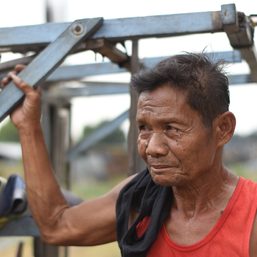
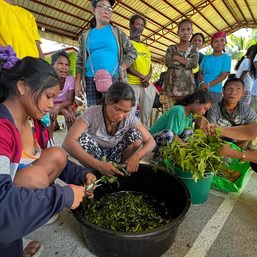
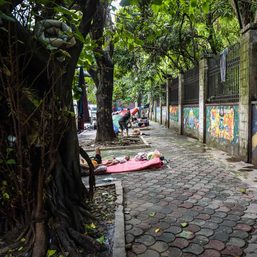
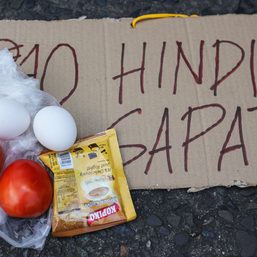
There are no comments yet. Add your comment to start the conversation.